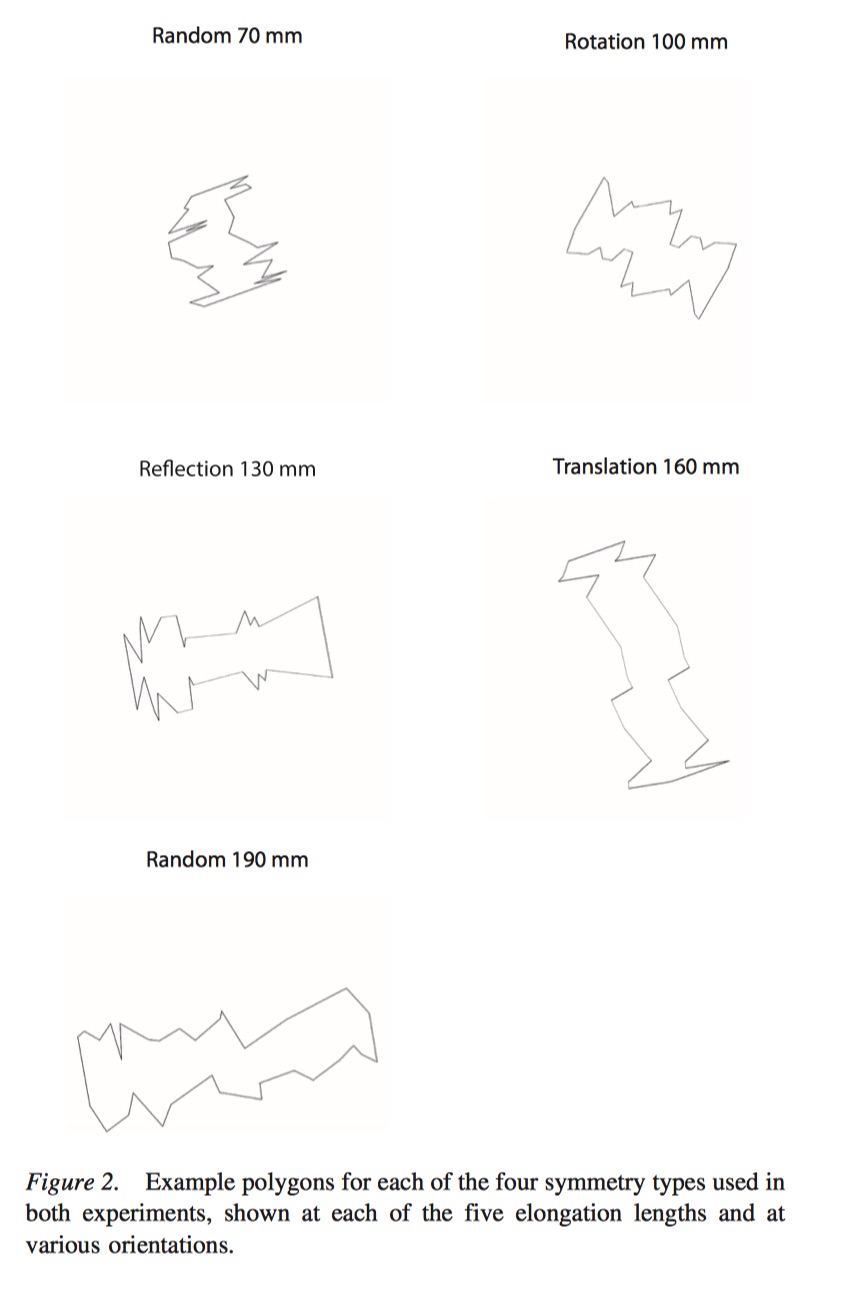Jay Friedenberg, Ph.D., professor of psychology at Manhattan College, has focused his recent research on what makes something beautiful. Friedenberg confirmed that humans are drawn to symmetry but there are many different types of symmetries and many ways in which they appear in this world.
In his research, Friedenberg has pursued the field of visual perception, cognitive science and artificial intelligence, fascinated with the idea of what shapes and designs make something beautiful. He has conducted ongoing studies investigating these ideas at Manhattan College.
A recent study consisted of two experiments. Friedenerg asked 29 participants to rate patterns that were presented on a scale of one to seven, with one being “very ugly” and seven being “very beautiful.”
 The first experiment considered four different polygons — one has a random contour; one contains a reflectional, mirror-image symmetry; one has translational symmetry (a part of the shape slid to another location); and one has rotational symmetry (the shape turned around a point either clockwise or counterclockwise). Unsurprisingly, most participants preferred the mirror-image symmetry. This is the most common type of symmetry, similar to a person’s face or body.
The first experiment considered four different polygons — one has a random contour; one contains a reflectional, mirror-image symmetry; one has translational symmetry (a part of the shape slid to another location); and one has rotational symmetry (the shape turned around a point either clockwise or counterclockwise). Unsurprisingly, most participants preferred the mirror-image symmetry. This is the most common type of symmetry, similar to a person’s face or body.
However, the study also yielded an unexpected result. The shape with translational symmetry ranked as poorly as the completely random shape. Friedenberg thought that the participants would like translation more because it is a type of symmetry. “In fact, they preferred the random contours as much as the translated ones, maybe even more,” Friedenberg explained. “There’s no symmetry whatsoever for these random patterns. They lack any regularity or order. What this means is that, in some cases, people prefer disordered patterns to ordered patterns,” he says.
In the second experiment, Friedenberg showed the shapes to participants in four different orientations and found that people preferred longer shapes over shorter ones. One explanation for this is that the brain processes elongation faster because it is set up to do so, a theory known as hedonic processing fluency.
“If you are struggling over a math problem, it doesn’t feel good,” Friedenberg says. “But if you look at something and then quickly understand it — that feels good. That is why we think the longer patterns are preferred. That was the purpose with the second experiment.”
In many ways, this theory is related to everyday items. For example, an iPhone is elongated — one side is longer than the other, making it sleeker and appear better designed than a square object, or an object with a jagged pattern.
So what makes something beautiful? The most beautiful shape could just be some kind of vertically oriented polygon with mirror symmetry. Remember this the next time you find yourself at an art gallery, or shopping for the latest smartphone.
by Paula Espitia '20